Premium Only Content
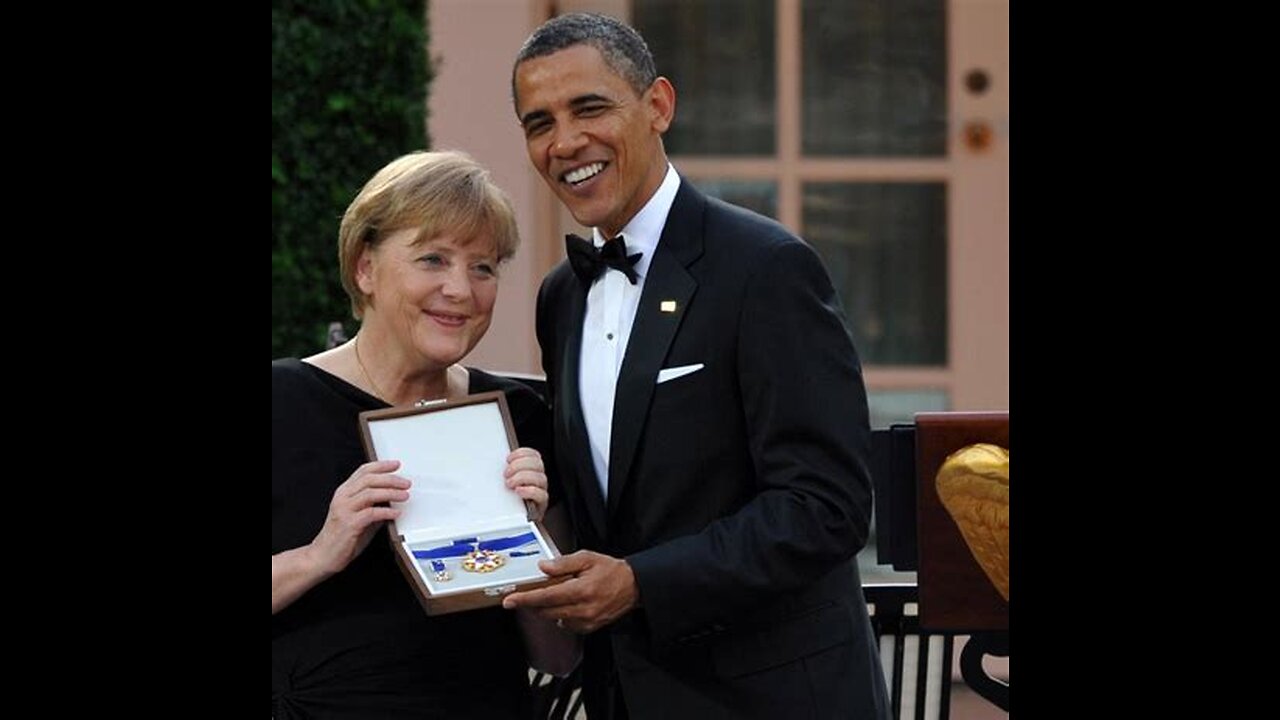
AFRICAN DR WORKU ATTEMPTED MURDER BLM TORONTO POLITICS HUNTED BLM. LGTB TO KILL ME. STARTED SNP
Janaya Khan is a social activist from Toronto, Ontario, Canada. Khan is a co-founder of Black Lives Matter Toronto as well as an international ambassador for the Black Lives Matter Network.[3][4][5] Khan identifies as black, queer, and gender-nonconforming. Much of their work analyzes intersectional topics including the Black Lives Matter movement, queer theory, Black feminism, and organized protest strategies.[6]
Personal life and education
Khan was born and raised in Toronto, Ontario to a Trinidadian father and a British Jamaican mother who emigrated to Canada.[7] Khan received a Bachelor of Arts from York University, graduating with an honours degree in English language and literature. Khan currently resides in Los Angeles serving as program director for Color Of Change and as a speaker with Keppler Speakers Bureau.[8] Khan is married to Black Lives Matter co-founder Patrisse Cullors. Khan is an author and competitive amateur boxer.[9]
Activism
Khan believes that the sole responsibility of the police is to manufacture criminals and that the police do not keep people safe. They (Khan) would rather have "rapid response justice teams" in the place of police.[10]
In a 2016 interview with Maclean's magazine, they recalled the difficulty of growing up with an intersectional identity in a society with limited resources and knowledge on intersectionality and transfeminism. Khan states that actions like carding (a Canadian police policy where people are stopped and questioned not in relation to a specific offence) made them realize how normalized their community had been to a heavy police presence accompanied by biased questioning. Incidences like this initiated their path into activism and the ultimate inception of Black Lives Matter Toronto.[11]
In October 2014, Khan and fellow Black Lives Matter Toronto co-founder Sandy Hudson organized an action of solidarity following the death of 33-year-old Jermaine Carby,[12] who was shot and killed during a routine traffic stop in Brampton, Ontario, on September 24, 2014. This incident occurred a month after the August 9 shooting of Michael Brown in the United States. After announcing the protest, around 4,000 people gathered to demonstrate in solidarity outside the US Consulate. Wanting to build on this momentum, they decided to meet with Los Angeles-based Patrisse Cullors, one of the founders of the Black Lives Matter movement in the United States. This meeting launched the foundations for Black Lives Matter to become an international movement rather than one based only in the United States.[13]
Khan has led a number of demonstrations and events in Toronto, mainly based on instances of police brutality in the United States and Canada. In July 2016, they helped organize a sit-in during Pride Toronto, where protesters came prepared with a list of demands including more representation of minority groups and no uniformed police presence during Pride.
The Stasi used Zersetzung essentially as a means of psychological oppression and persecution.[23] Findings of operational psychology[24] were formulated into method at the Stasi's College of Law (Juristische Hochschule der Staatssicherheit, or JHS), and applied to political opponents in an effort to undermine their self-confidence and self-esteem. Operations were designed to intimidate and destabilise them by subjecting them to repeated disappointment, and to socially alienate them by interfering with and disrupting their relationships with others as in social undermining. The aim was to induce personal crises in victims, leaving them too unnerved and psychologically distressed to have the time and energy for anti-government activism.[25] The Stasi intentionally concealed their role as mastermind of the operations.[26][27] Author Jürgen Fuchs was a victim of Zersetzung and wrote about his experience, describing the Stasi's actions as "psychosocial crime", and "an assault on the human soul".[25]
Although its techniques had been established effectively by the late 1950s, Zersetzung was not rigorously defined until the mid-1970s, and only then began to be carried out in a systematic manner in the 1970s and 1980s.[28] It is difficult to determine how many people were targeted, since the sources have been deliberately and considerably redacted; it is known, however, that tactics varied in scope, and that a number of different departments implemented them. Overall there was a ratio of four or five authorised Zersetzung operators for each targeted group, and three for each individual.[29] Some sources indicate that around 5,000 people were "persistently victimised" by Zersetzung.[11] At the College of Legal Studies, the number of dissertations submitted on the subject of Zersetzung was in double figures.[30] It also had a comprehensive 50-page Zersetzung teaching manual, which included numerous examples of its practice
-
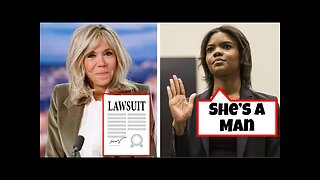 17:20
17:20
Nate The Lawyer
2 days ago $3.71 earnedFrench President Sues Candace Owens | Here's What the 219-Page Lawsuit Reveals
41.2K31 -
 14:09
14:09
Zoufry
2 days agoThe Cartel's Genius Border Smuggling Tricks
16.9K6 -
 2:00:26
2:00:26
MG Show
19 hours agoPresident Trump Making BIG Deals in UK & EU; Structure Change
48.2K18 -
 23:09
23:09
GritsGG
15 hours agoQuad Domination w/ Bobby Poff!
47.9K2 -
 2:03:21
2:03:21
Side Scrollers Podcast
20 hours agoTea App Doxxing DISASTER, “PROBLAMATIC” Sydney Sweeny, INSANE Online “Safety” Act | Side Scrollers
17.8K10 -
 LIVE
LIVE
Lofi Girl
2 years agoSynthwave Radio 🌌 - beats to chill/game to
363 watching -
 1:32:48
1:32:48
Omar Elattar
8 months agoAndy Elliott: "Quit Your Excuses Now!" How to 10x Your Income In 12 Months!
14.9K3 -
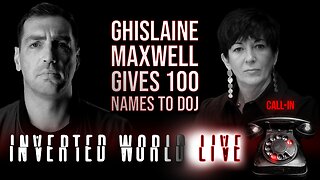 2:02:10
2:02:10
Inverted World Live
10 hours agoGhislaine Maxwell Gives 100 Names to DOJ | Ep. 81
290K32 -
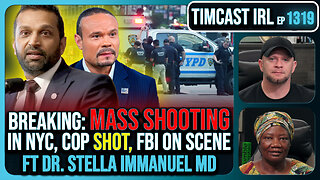 2:51:11
2:51:11
TimcastIRL
11 hours agoBREAKING: MASS SHOOTING ERUPTS In NYC, Police Officer SHOT, FBI On Scene | Timcast IRL
289K141 -
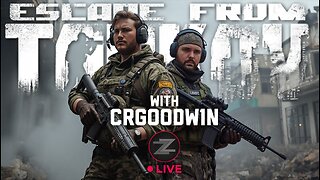 14:43:03
14:43:03
ZWOGs
17 hours ago🔴LIVE IN 1440p! - EFT w/ crgoodw1n, Kingdom Come Deliverance, Splitgate 2, & More! - Come Hang Out!
69.2K4